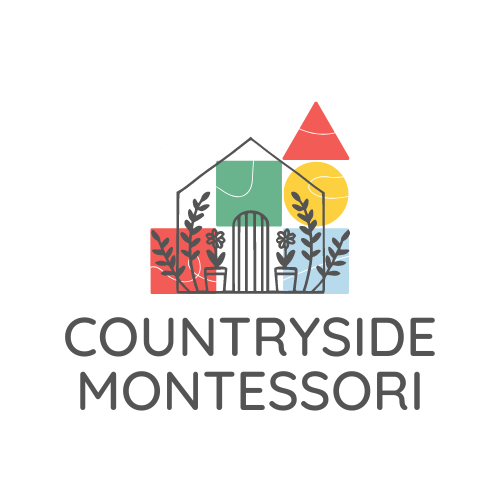Introducing the Montessori Approach
MONTESSORI LEARNING
The “Works”
For children, playing is not a specified moment of time from the rest of their day. All they do and learn is play, and all their playing is truly their work. In the Montessori environment, students work with uniquely developed learning materials and everyday items. Whether it be blocks for math or pouring their own water into a cup, these “works” nurture the children’s natural desire for knowledge, understanding, and respect.
The Materials
The materials used in the Montessori classroom are specifically designed to explore a single skill or concept. The materials allow the children to follow a logical and developmentally appropriate progression as they gain practical to abstract understandings of a concept. These tools are intentionally beautiful and well-crafted so as to encourage the children to care and appreciate for their learning and environment. This nourishes each child’s sense of self value and confidence.
Music and Arts
Music and Arts are important for children to play and learn. Not only does it develop creativity which contributes to problem-solving skills and confidence building, but Art and Music are perfect examples from which to learn order and recognize patterns, a primary cognitive development in early childhood. Here at Countryside, we go further than coloring and nursery rhythms. Children get hands-on experience with the instruments from painting, crafting, and learning musical instruments.
Multi-Age Learning Environment
Multi-age groupings enable children to experience new challenges through observation and to share in learning with others who are different ages. Children become leaders and role models as they help teach mastered concepts which reinforces their own learning as well. Children progress at their own pace and cooperate, not compete, with other children. Due to this approach, children grow to be more confident and psychologically health students.
Choice and Uninterrupted Work Period
The Montessori approach to self-directed learning sustains each child’s curiosity. In a Montessori classroom, children are free to move around and explore as they decide on their “works”. The environment provides the opportunity to work in calm, uncluttered spaces either individually or with peers. And uninterrupted time recognizes and respects individual variations in the learning process. This unique Montessori approach facilitates the development of coordination, concentration, and independence.


Spanish-English Bilingual
Countryside is home to faculty and students who are bilingual in Spanish and English. These members give us the opportunity to incorporate bilingual education for our entire school. Not only does this open up our services to Spanish-speaking families, but we believe exposure to multiple languages is an invaluable resource for a child’s mind.

Global Citizens
Our families come from all over the world. We recognize the wonderful diversity this allows our community and invite in opportunities for all students to learn from each other. This is especially prominent in our Show-and-Tell activities where students are encouraged to share about their unique family experiences and cultural traditions.
“At some given moment it happens that the child becomes deeply interested in a piece of work; we see it in the expression on his face, his intense concentration, the devotion to the exercise.”
Maria Montessori, The Discovery of the Child
“When a child is given a little leeway, he will at once shout, ’I want to do it!’ But in our schools, which have an environment adapted to children’s needs, they say, ‘Help me to do it alone.’”
Maria Montessori, The Secret of Childhood


